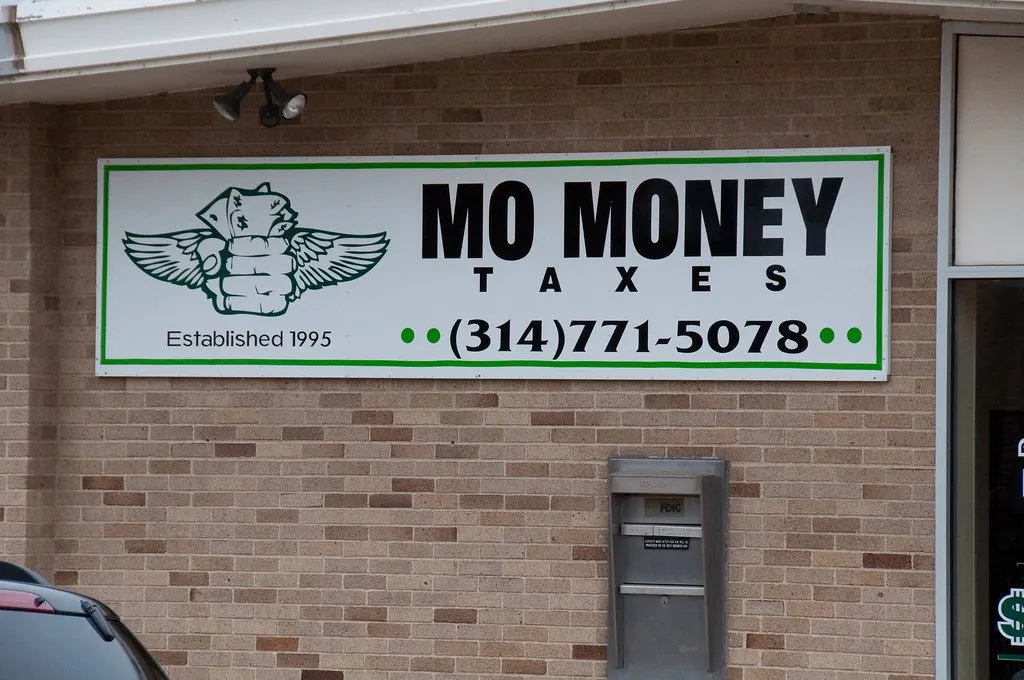If you freelance, own a small company, or even have a side hustle that makes a few bucks each month, you know there are tax benefits that come with a business.
For example, you can claim an expense of 57.5 cents per mile for business use of your car, even if it costs half of that to operate.
And there is no law against enjoying business travel that’s tax deductible.

And, of course, you know that interest paid on business debts is tax deductible.
But you may not be aware of how to use that to your advantage.
To explain, let’s assume that at least part of your income is in the 25 percent tax bracket, and because it’s from a business there is the inescapable 15.3 percent self-employment tax (Social Security and Medicare).
That totals over 40 percent before you pay any state income taxes.
It also means that every dollar of interest that you can deduct as an expense knocks at least 40 cents off your tax bill.
For example, if you spend $5,000 on interest charges for business debts you’ll pay $2,000 less at tax time.
Of course, by itself that’s no reason to go into debt.
If you pay $5,000 in interest charges you’re still out $3,000 after the tax savings (versus paying cash).
On the other hand, if you’re going to have any debt in your life, it’s better to have it in your business, so you can get that 40 percent savings.
In fact, you can legally shift personal debts to your business and save thousands of dollars.
Let’s look at how to do that…
Put Debt on Your Business Credit Cards
Interest paid on business credit cards is tax deductible if the charges are for business purposes.
But taking out a cash advance on a business card to pay off personal credit cards is not a business purpose, and therefore you could not legally deduct the interest.
It’s not that easy to move personal credit card debt to your business.
But you can shift your credit card debt burden to your business over time.
First, get in the habit of putting every business purchase on a business credit card, to the extent possible.
Meanwhile, for personal purchases pay cash or use a card you pay off monthly, so you pay no interest on those charges.
Second, whenever you have business and personal debts, always pay personal debts first.
In fact, pay only the minimum on your business credit cards until all personal debt is paid off.
In time you can be debt-free in your personal life and have any necessary debts solely in your business.
The more you shift your credit card debt to your business the more you’ll save on taxes, so keep putting new debt on the business while paying down personal debts.
Borrow for Large Business Purchases
The IRS explains “You can generally deduct as a business expense all interest you pay or accrue during the tax year on debts related to your trade or business.”
Now let’s say in the next few months you plan to take a vacation around the world and buy new ovens for your restaurant, either of which will use up your $8,000 in savings.
You could put the trip on credit cards and pay cash for the ovens, but by now you know better, right?
If you pay cash for the vacation and get a business loan for the ovens you’ll probably get a better interest rate than that on your credit cards.
But more importantly, you’ll also get a deduction for the interest paid.
Remember, that can mean a tax savings of up to 40 percent or more of the cost of that interest.
The rule is an easy one:
If there must be debt, make it part of your business, and keep your personal life debt-free.
The Exceptions to the Rule
When interest rates are similar it’s easy to see the advantage of borrowing for business rather than personal purposes and paying personal debts first.
But there are exceptions: Personal debts with low interest rates.
If the rates are low enough it makes sense to pay higher-rate business debts first.
A mortgage loan is an obvious example, and student loans might qualify as exceptions too, but you have to do the math to be sure.
To compare fairly, here’s the formula:
- Determine your top marginal tax rate.
- Determine the interest rate on your business debt.
- Multiply your business debt interest rate by your marginal tax rate.
- Subtract that number from the interest rate to get the effective rate after tax savings.
Pay this debt off first if the effective interest rate is higher than the rate on personal debts.
Here’s an example:
- Your marginal tax rate: 40 percent (total with self-employment tax).
- Your business debt interest rate: 14 percent.
- Multiply 14 percent by 40 percent: 5.6 percent.
- Subtract 5.6 from 14 to get you effective interest rate: 8.4 percent.
- Pay this debt before any personal ones that have an interest rate below 8.4 percent.
Also keep in mind that if you itemize deductions on your personal tax return, you may qualify for a home mortgage interest deduction.
If so, that effective interest rate would be even lower than the stated rate.
The exceptions are relatively few, so when interest rates are anywhere close to the same, always try to put debt first on your business and pay off debt first on personal accounts.
It’s a strategy that can save you thousands of dollars.
Your Thoughts: Do you have personal and business debt, and have you focused on paying off the personal debts first?
Image by Dave Herholz via Flickr